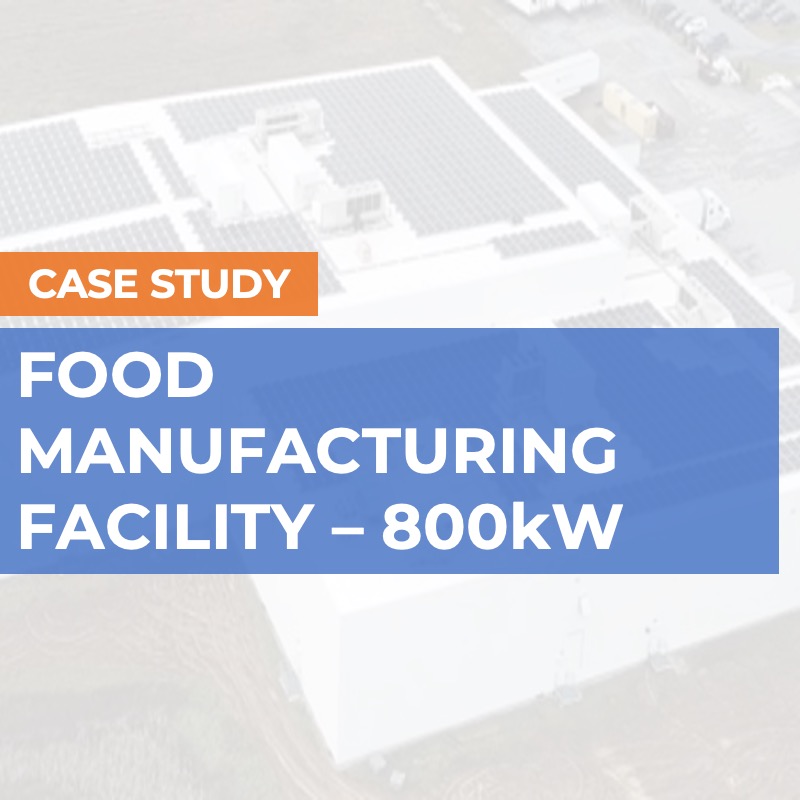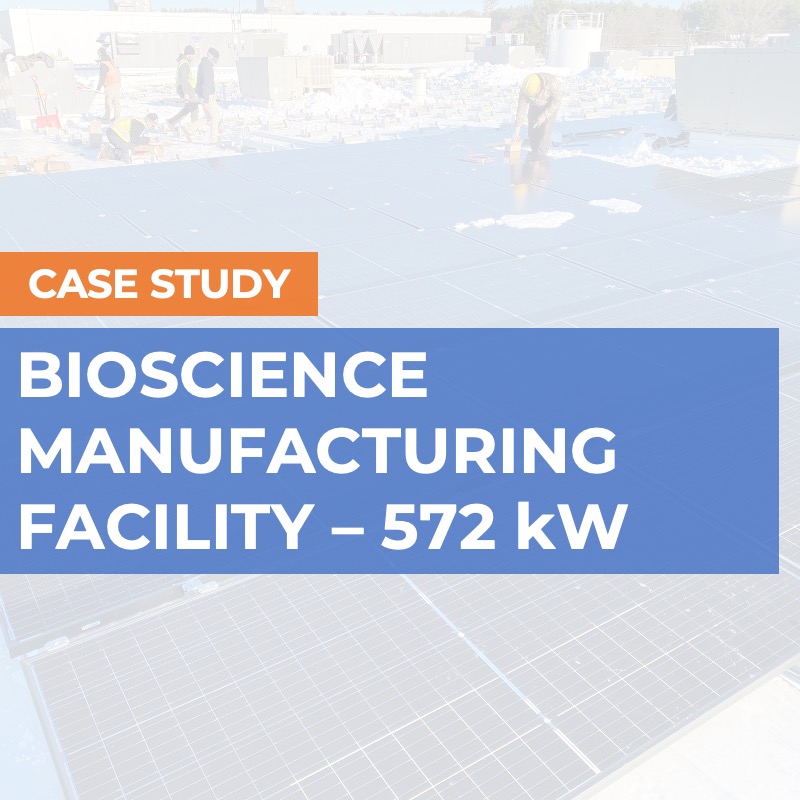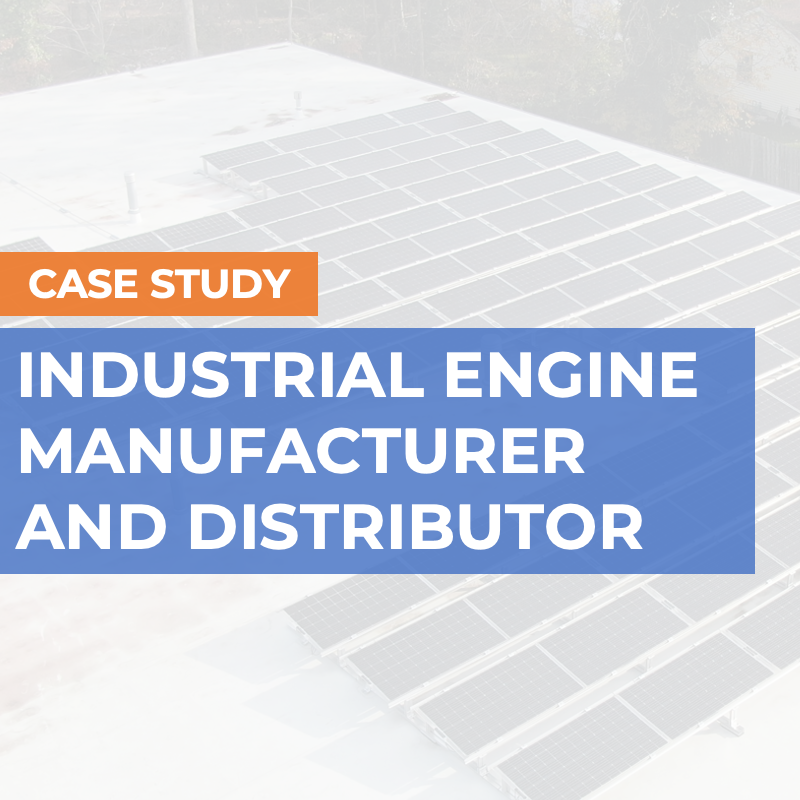Understanding the Costs of Commercial Solar
Understanding the Costs of Commercial Solar: Factors, Considerations, and Financial Benefits
As a commercial business owner, you might be wondering “how much does a commercial solar system cost?” This is a common question, and the answer depends on several factors. In this article, we will break down the cost components of commercial solar projects, evaluate the financial considerations and return on investment (ROI), provide real-world examples, and share tips for cost optimization and maximizing value.
Breaking Down the Cost Components of Commercial Solar Projects
The cost of a commercial solar project is dependent on several factors, including the size of the system, the type of solar panels, the installation process, and the specific location of your business. Here are the major cost components involved in commercial solar projects:
- Solar Panels: Solar panels (or Modules) are the most critical component of a solar system. The cost of solar panels varies based on their efficiency, technology, and size. High-efficiency panels are more expensive, but they generate more electricity, which can help reduce the number of panels needed to meet your business’s electricity needs.
- Inverters: Inverters are responsible for converting the DC electricity generated by solar panels into AC electricity that can be used to power your business. The cost of inverters depends on their efficiency, technology, and size.
- Mounting Systems: Mounting systems (or racking) hold the solar panels in place and ensure that they are installed securely. The cost of mounting systems depends on their size and the type, or style, of roof your business has.
- Electrical Components: Electrical components are required to connect the solar panels to your business’s electrical system. The cost of electrical components depends on the size of the solar system and the complexity of your business’s electrical system.
- Installation Labor: The installation labor cost will depend on the size of your solar system and the complexity of your business’s roof. The more straightforward the installation, the lower the labor cost.
As you can see, the pricing of a solar system and its installation is not “out of the box.” The best way to truly understand the cost of your unique system is to have a trusted solar installer evaluate your businesses location and goals.
Assessing the Financial Considerations and Return on Investment (ROI)
Installing a solar system for your business can provide several financial benefits, including:
- Energy Cost Savings: By generating your own electricity, you can significantly reduce your business’s monthly electricity bills. This is especially true if you use a lot of electricity during peak hours when electricity rates are the highest.
- Reduced Reliance on Utility Power: By generating your electricity, you can reduce your business’s reliance on utility power, which can protect you from electricity price increases.
- Revenue Streams: Depending on your location, you may be able to take advantage of incentives like net metering or feed-in tariffs, which can provide additional revenue streams for your business.
- Incentives: Federal and State governments are investing millions and millions of dollars each year to encourage businesses to switch to renewable energy. These commercial solar incentives can have drastic impacts on your system’s ROI and overall cost.
To evaluate the financial benefits of a solar system, you will need to calculate the payback period and ROI. The payback period is the amount of time it takes for the solar system to pay for itself through energy cost savings. The ROI is the rate of return on your investment in the solar system. A commercial solar system typically has a payback period of 5 to 10 years and an ROI of 10 to 20 percent.
Additionally, installing a solar system for your business can also make you eligible for government incentives, tax credits, and financing options. For example, the Federal Investment Tax Credit (ITC) can offset up to 30 percent of the total cost of a commercial solar system. Depending on the state you are located, you may also be eligible for some other incentives, such as net-metering, REAP Grants, and buy back tariffs.
Two Real-World Examples:
Bake Crafters Food Company: A leading food manufacturing company, decided to harness the power of solar energy to reduce their environmental impact and operational costs. With significant amount of square feet of roof space available, they collaborated with Genie Solar Energy to install a robust commercial solar system.
The solar installation comprised high-efficiency solar panels, advanced inverters, and a customized mounting system to maximize energy generation. Bake Crafters Food Company estimated that the solar system would generate around 950,000 kWh of clean electricity annually.
By producing their electricity, Bake Crafters Food Company significantly reduced their reliance on the grid and achieved substantial energy cost savings. They estimated an average of $131,000 in direct improvement in cash flow per year, resulting in an impressive payback period of 6 years and an IRR of approximately 12 percent. The solar system also helped the company reduce its carbon footprint by offsetting 770 metric tons of CO2 emissions.
Learn more about how Bake Crafters Food Company successfully implemented their commercial solar project here: Bake Crafters Food Company Case Study.
Integra Biosciences: A leading provider of innovative laboratory equipment and consumables, recognized the importance of sustainable practices in their operations. With a commitment to reducing their carbon footprint, they embarked on a large-scale solar project in collaboration with Genie Solar Energy.
Integra Biosciences utilized their extensive roof space, across two buildings, to install a state-of-the-art commercial solar system. The project involved high-performance solar panels, advanced inverters, and precision-engineered mounting systems tailored to their unique requirements.
The solar system was projected to generate approximately 844,000 kWh of clean energy annually (the equivalent of 96 houses), covering a significant portion of Integra Biosciences’ electricity needs. The company estimated an impressive, estimated payback period of 4 years and an IRR of approximately 22 percent.
To gain deeper insights into Integra Biosciences’ successful commercial solar project, read the case study: Integra Biosciences Case Study.
These case studies demonstrate the real-world impact and financial benefits that can be achieved through large-scale commercial solar installations. By investing in solar energy, businesses like Bake Crafters Food Company and Integra Biosciences have not only reduced their operational costs but also showcased their commitment to sustainability and environmental stewardship.
Tips for Cost Optimization and Maximizing Value:
To optimize the cost-effectiveness of your commercial solar project, consider the following tips:
- Work with an Experienced Solar Installer: Partner with a reputable solar installer who has experience with large-scale commercial projects. They can provide expert guidance on system design, equipment selection, and installation, ensuring optimal performance and long-term reliability.
- Evaluate Multiple Quotes: Obtain quotes and proposals from multiple solar installers and compare them to ensure you’re getting the best value for your investment. Consider factors such as the quality of equipment, warranties offered, and the installer’s track record.
- Leverage Available Incentives: Research and take advantage of available government commercial solar incentives, tax credits, and financing options to offset the upfront costs of your solar system. Consult with a tax professional to understand the specific incentives applicable to your business.
- Explore Power Purchase Agreements (PPAs): Consider entering into a power purchase agreement with a solar developer. Under a PPA, the developer installs and owns the solar system, and you purchase the generated electricity at a predetermined rate. This can help reduce upfront costs and provide predictable energy costs over the long term.
Ready to Get Your Custom Commercial Solar Quote?
Installing a commercial solar system for your business can be a smart financial decision. By understanding the cost components, evaluating the financial considerations, and exploring real-world examples, you can make an informed decision and maximize the benefits of solar energy. Remember to work with experienced solar installers, calculate the payback period and ROI, and explore available incentives to optimize the cost-effectiveness of your commercial solar project.
If you’re considering a commercial solar project, Genie Solar Energy can help. With our expertise in large-scale commercial installations, we can guide you through the process and provide tailored solutions to meet your business’s specific energy needs. Reach out to us today and we can put together a high level assessment and estimate for you.










